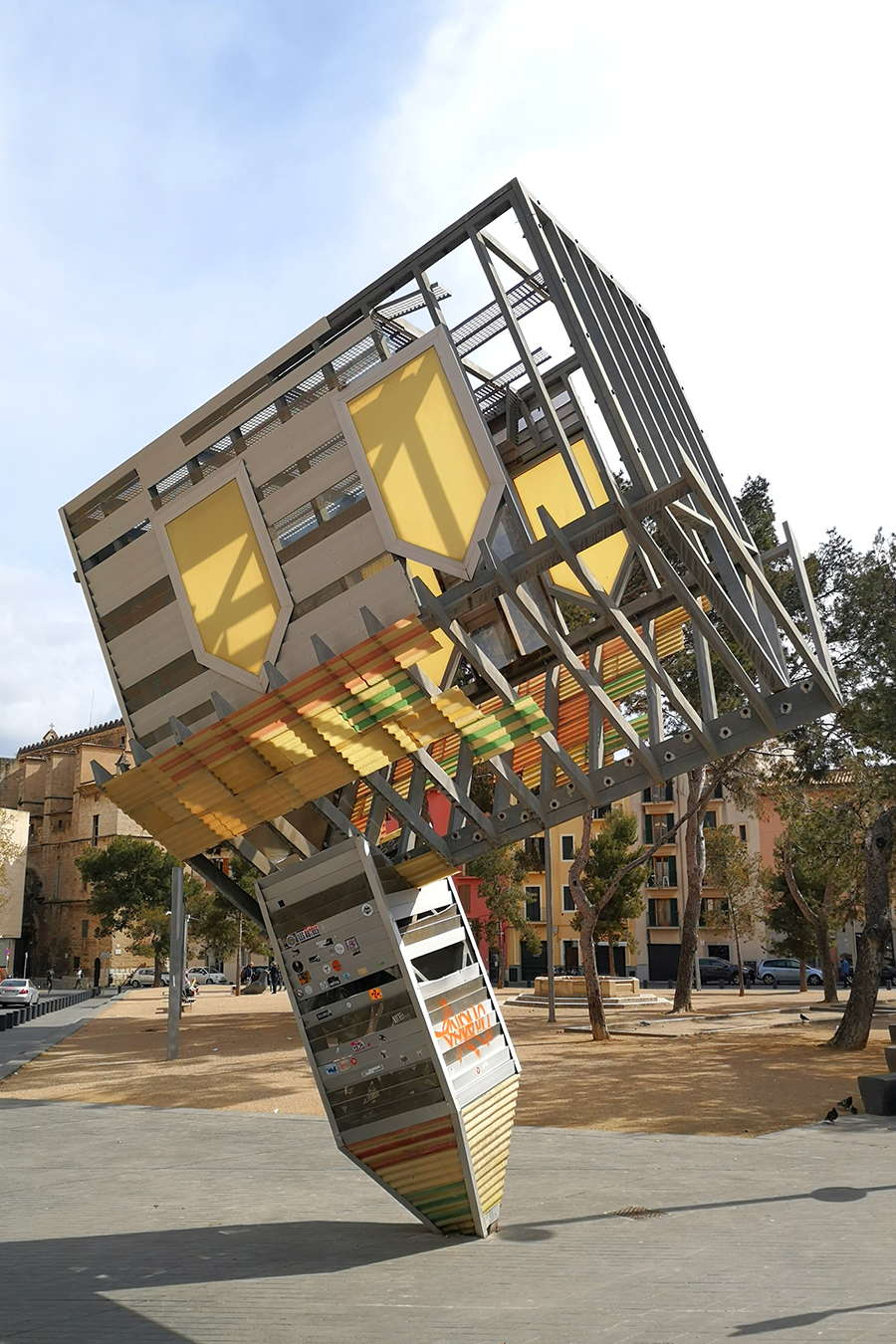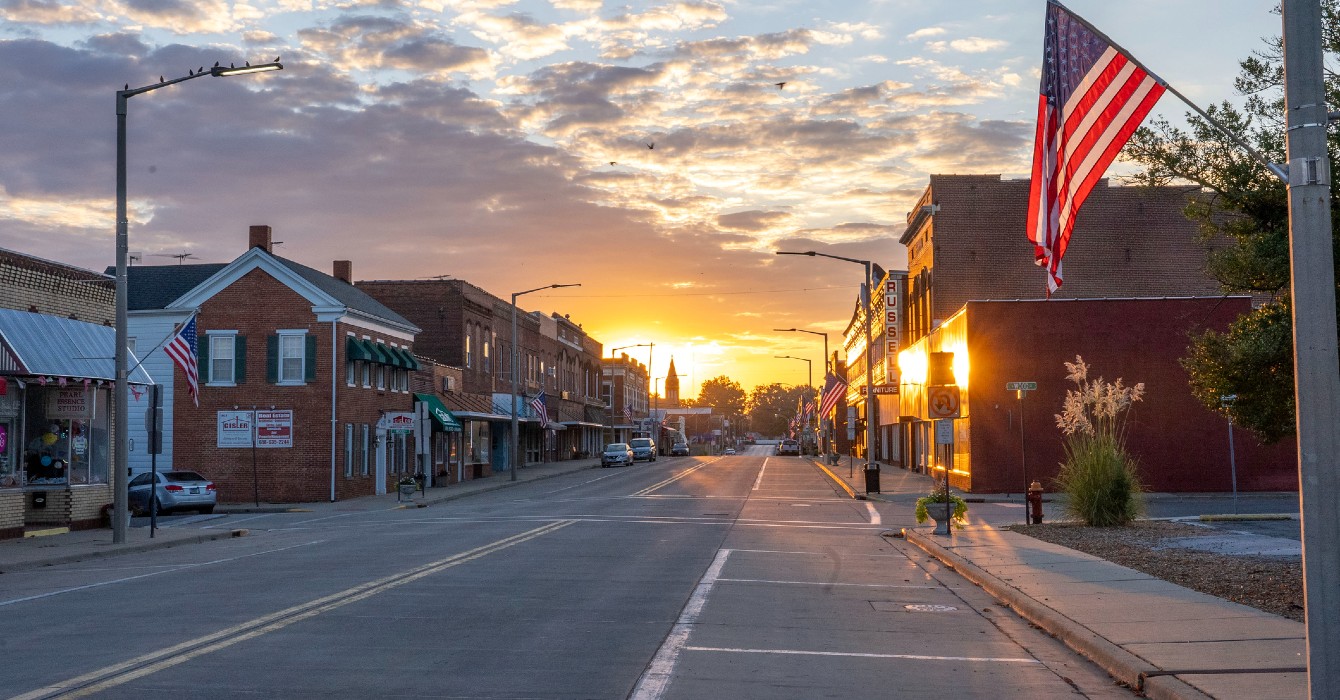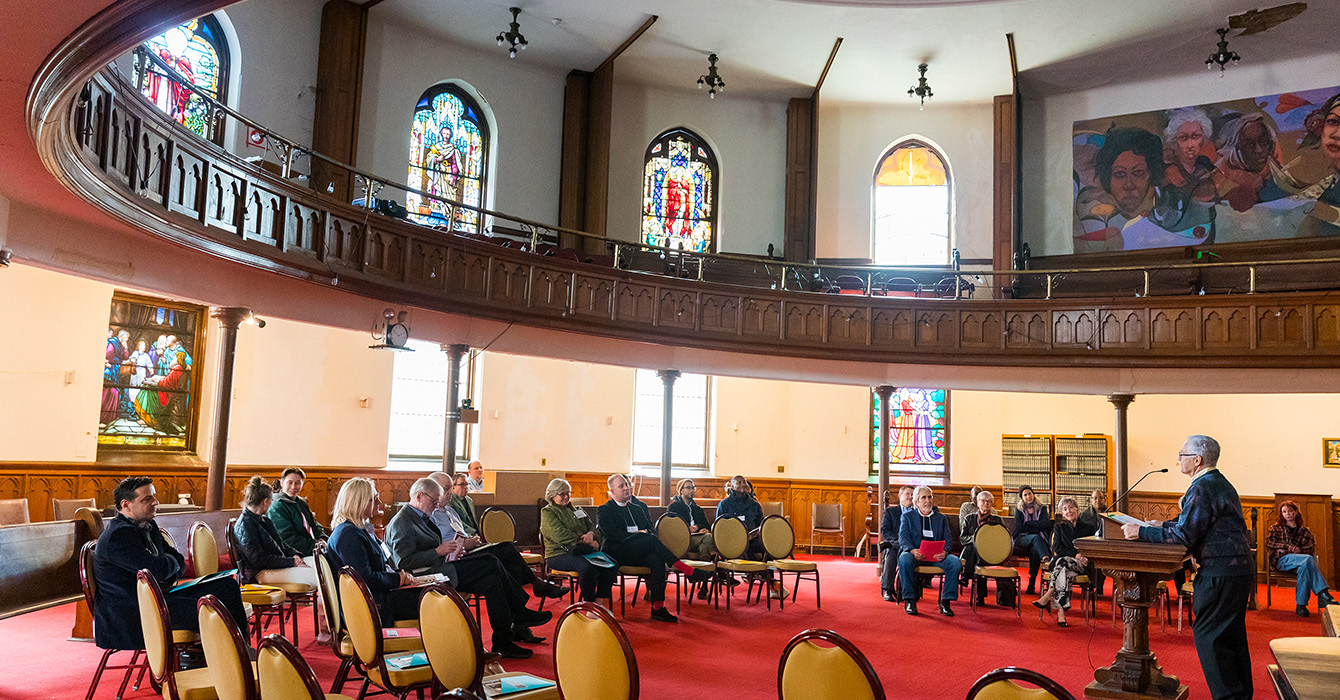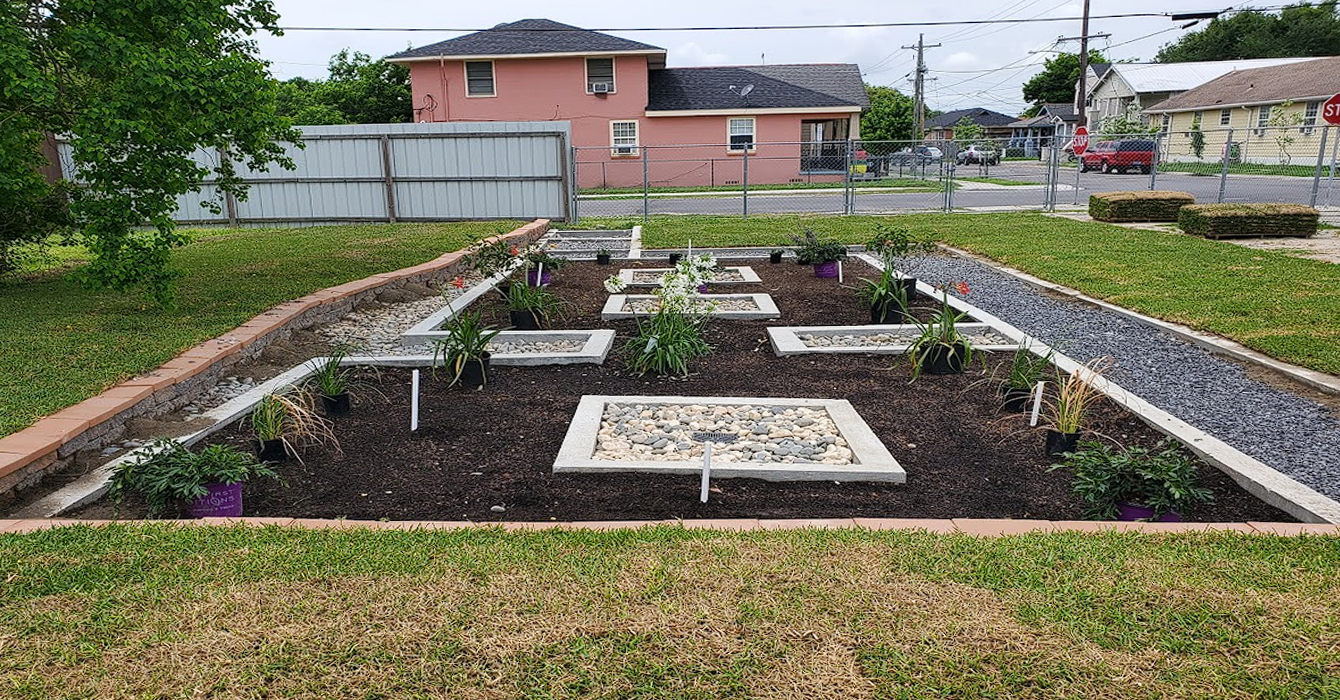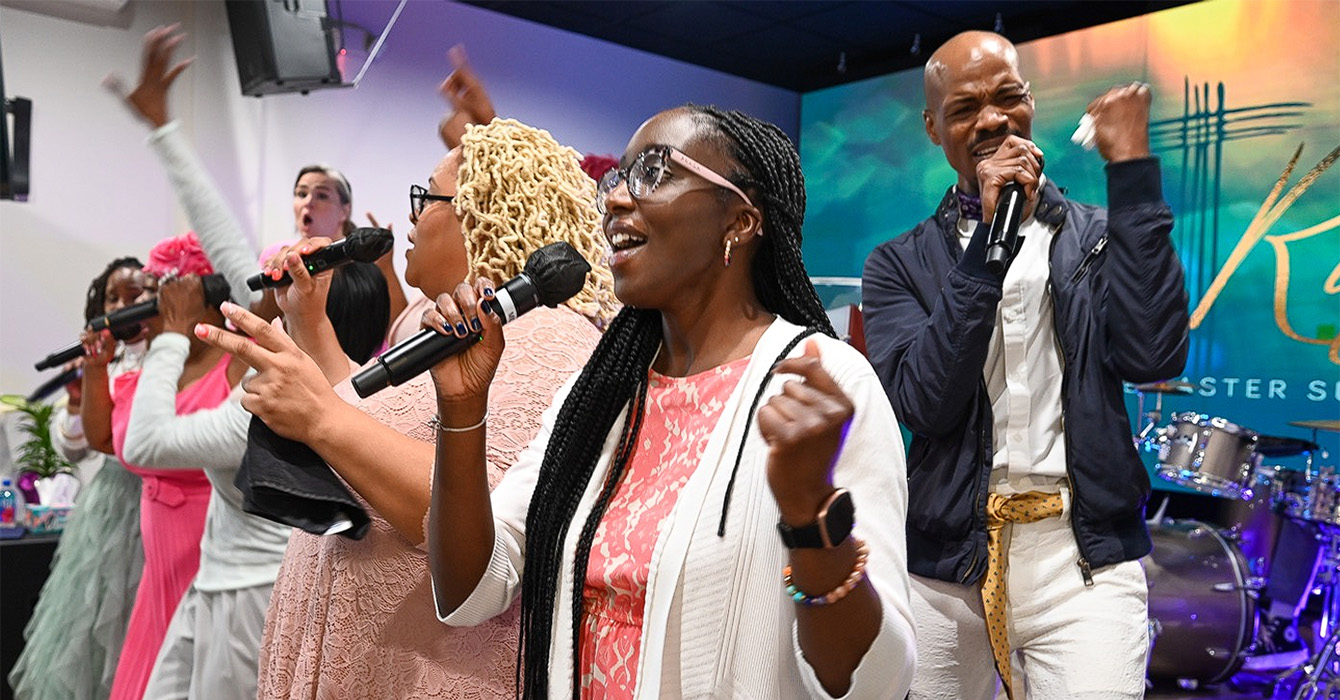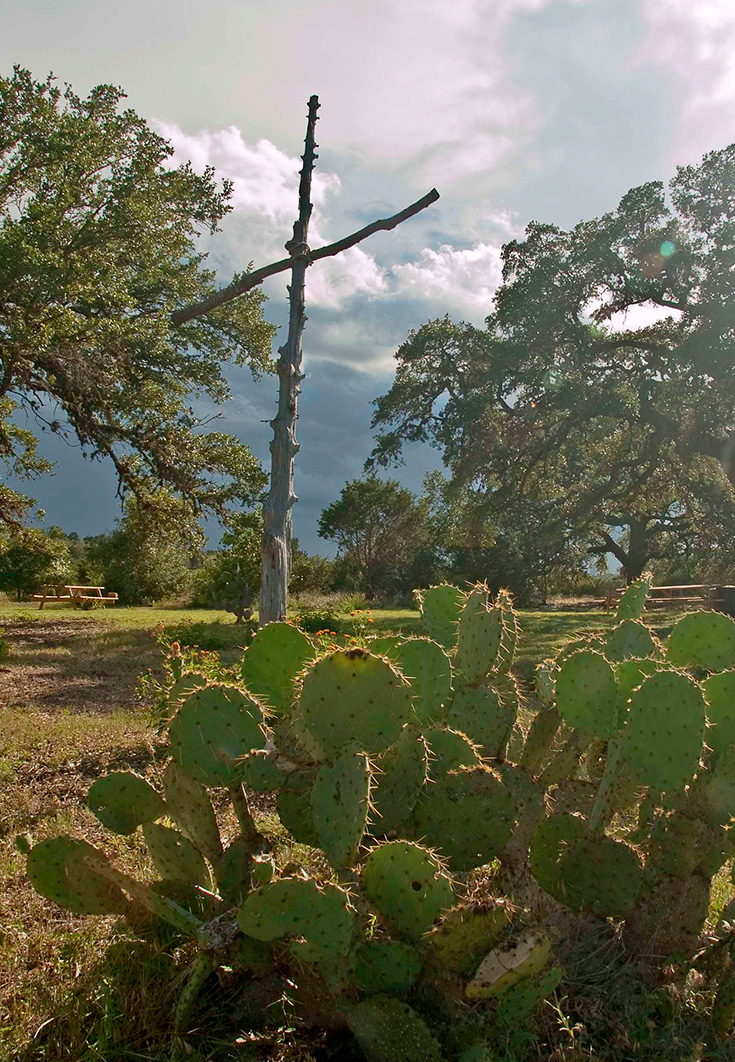Buildings
Recently published
Tags
TagsA church and health center collaborate to provide care for people with substance use disorder
The trust built by a church in Galveston, Texas, is translating into better access to treatment at a free clinic staffed by health care providers and housed in former Sunday school classrooms.
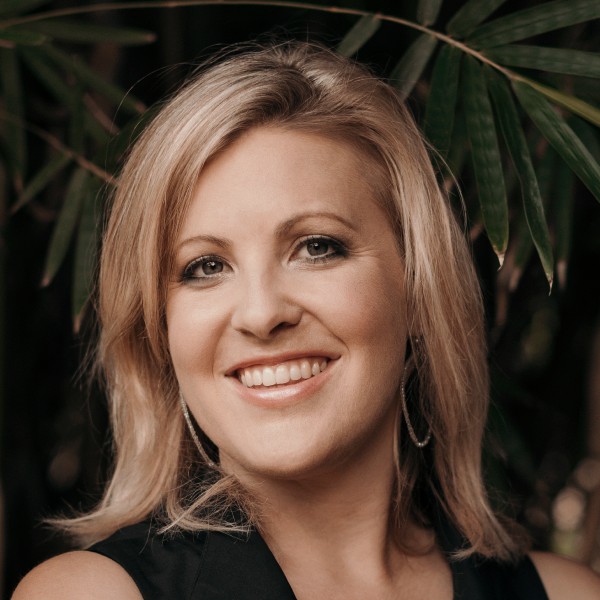 Link to author Lindsay Peyton
Link to author Lindsay Peyton
Composting the church offers flourishing in the shadow of decline
As with a garden, so with the church — the remnants at the end of one season enrich growth for new opportunities in the next, writes a Presbyterian pastor.
 Link to author McKenna Wallen
Link to author McKenna Wallen
You’ve decided to build affordable housing on your church property. What’s next?
The “predevelopment” phase is crucial in faith-based efforts to develop church property. An expert in urban planning helps demystify the process.
 Link to author Nadia A. Mian
Link to author Nadia A. Mian
Five tips for churches considering property development
Churches are learning how to get started well with adaptive reuse and property development, writes the co-founder of a nonprofit that has worked with hundreds of churches.
What happens when the church is turned upside down?
Encountering a sculpture in a public square prompts a church innovator to reflect on the changes in our institutions — and how to react to them.
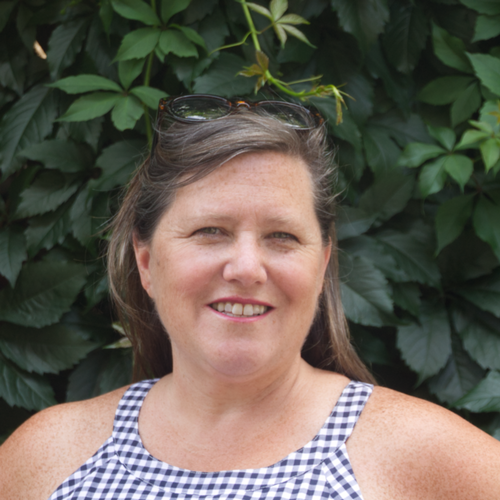 Link to author Shannon Hopkins
Link to author Shannon Hopkins
Get to know your city government: 6 free ways to get started
National politics consume a lot of our attention. But a local government focus often is more important for churches that want to work in their communities, says a consultant who has served in government and the church.
 Link to author Rick Reinhard
Link to author Rick Reinhard
A congregation and community struggle to save their historic building
Everyone wants the same thing: to restore the beloved stone building in west Philadelphia so the community and local congregations can use it. But years of deferred maintenance, disagreements and the effects of the pandemic are forcing them to ramp up their efforts.
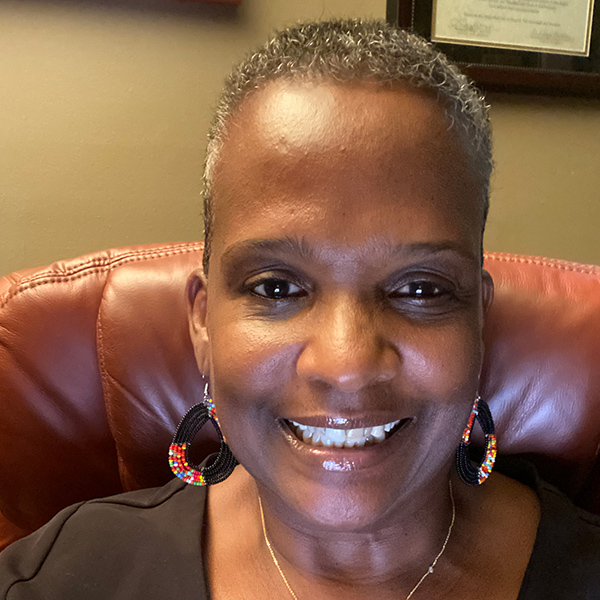 Link to author Annette John-Hall
Link to author Annette John-Hall
Faith partners fight against ‘heat islands’: How a coalition works to lower temperatures and decrease flooding in cities
A church and a faith-based institute join a coalition that helps people create cooler, safer neighborhoods where residents can thrive.
 Link to author Leslie Quander Wooldridge
Link to author Leslie Quander Wooldridge
Three historic Black churches come together to make a new congregation
When a fire destroyed a historic Philadelphia church building, the congregation merged with two others to form New River Presbyterian Church, dedicated to loving God and serving their neighborhood.
 Link to author Annette John-Hall
Link to author Annette John-Hall
Going to church under an oak tree
A visitor finds peace and belonging at New Life Lutheran Church, which worships outdoors in the Texas Hill Country.
 Link to author Mónica Tornoé
Link to author Mónica Tornoé







